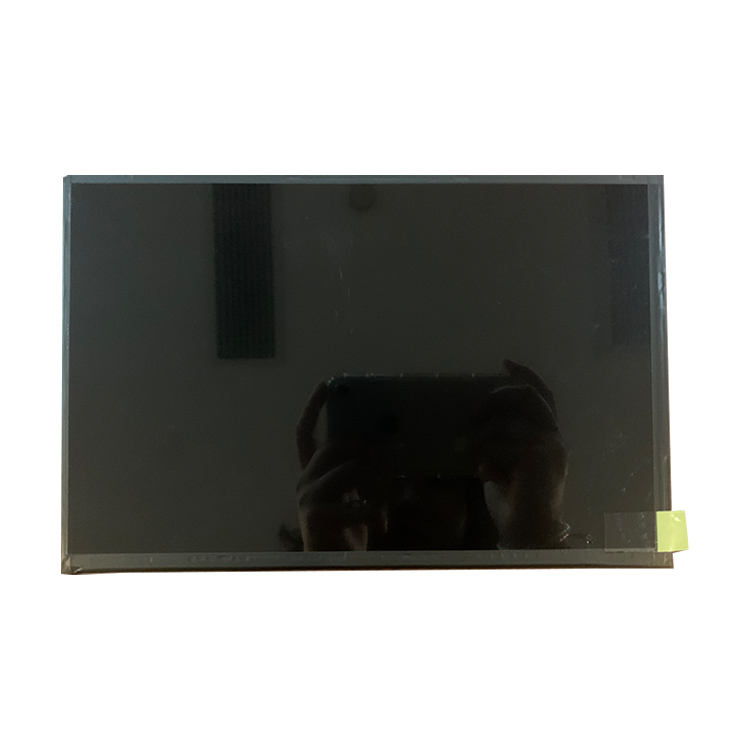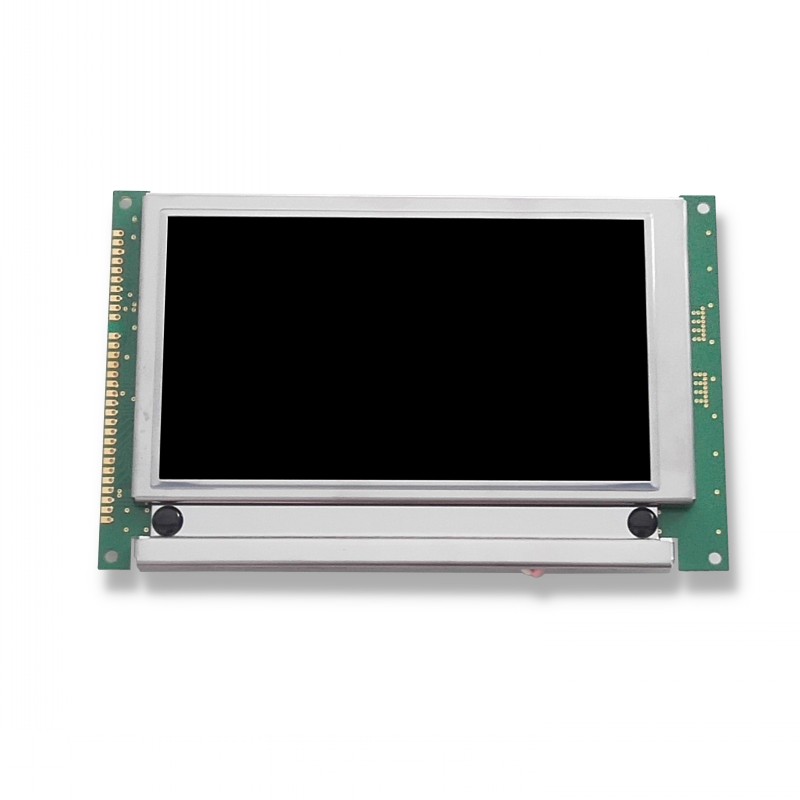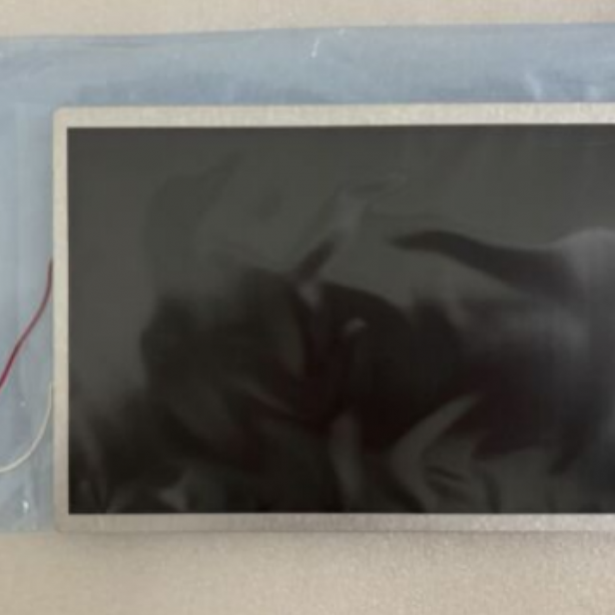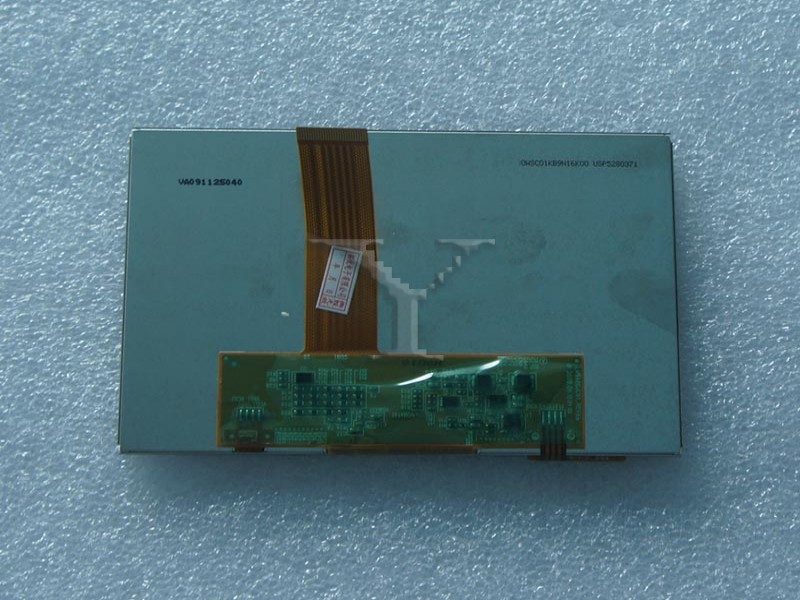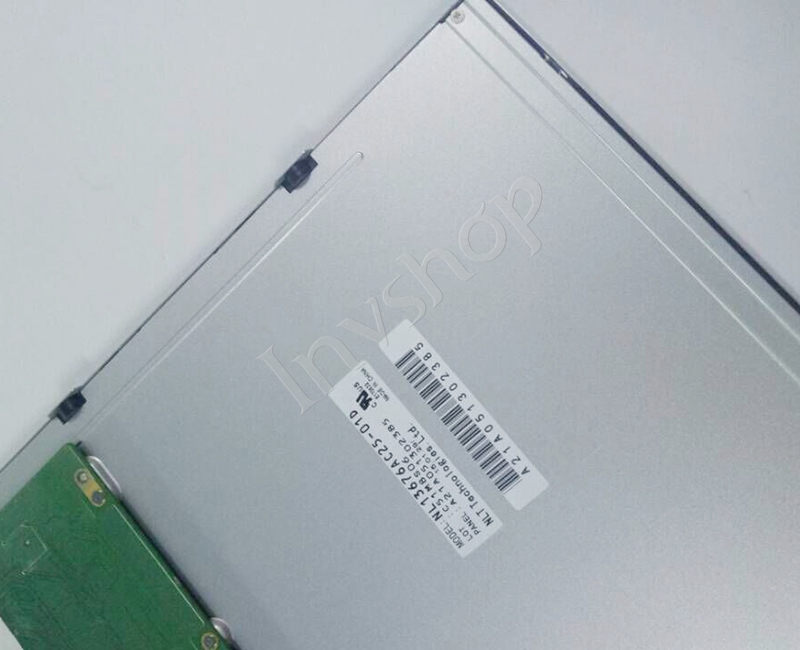- Industrial LCD display
-
Industrial Products
- DC Servo Drive
- AC Servo Drive
- other
- Heidelberg
- FANUC
- IFM
- Meter
- CCD
- Membrane Keypad
- Film
- YOKOGAWA Module
- Card
- ABB
- MITSUBISHI
- FANUC
- KEYENCE
- BECKHOFF
- Honeywell
- HOLLYSYS
- FUJI servo drives
- HP
- solenoid valve
- thermostat
- Siemens adapter
- color oscilloscope
- Fujitsu connector
- CHELIC
- SMC
- CISCO Module
- INTEL
- Key board
- FAIRCHILD
- Motherboard
- Board
- Bearing
- other
- Control Panel
- Contactor
- Circuit
- OMRON
- Relay
- Controller
- Photoelectric Switch
- Photoelectric Sensor
- Original
- Fan
- Motor Driver
- Limit Switch
- Amplifier
- power supply
- LENZE
- Cable
- Encoder
- Sensor
- Transformer
- Fiber Optic Sensor
- Protection Relay
- Temperature Controller
- Proximity Switch
- Switch Sensor
- Siemens
- Industrial board
- HMI Touch Glass
-
HMI Full Machine Whole unit
- OMRON HMI Touch Panel
- Siemens HMI Touch Panel
- Mitsubishi HMI Touch Panel
- Allen-Bradley automation HMI Touch Panel
- DELTA HMI Touch Panel
- EVIEW DELTA HMI Touch Panel
- KINCO DELTA HMI Touch Panel
- HITECH HMI Touch Panel
- WEINTECK HMI Touch Panel
- TECVIEW HMI Touch Panel
- WEINVIEW HMI Touch Panel
- PRO-FACE HMI Touch Panel
- SIMATIC HMI Touch Panel
- AMPIRE HMI Touch Panel
- HEIDELBERG HMI Touch Panel
- PANASONIC HMI Touch Panel
- PATLITE HMI Touch Panel
- KYOCERA HMI Touch Panel
- KEYENCE HMI Touch Panel
- WEINVIEW HMI Touch Panel
- HITECH HMI Touch Panel
- FUJI HMI Touch Panel
- HAKKO HMI Touch Panel
- SCHNEIDER HMI Touch Panel
- SAMKOON touch panel
- other
- Module
- lcd inverter
- Membrane Keypad Switch
- Winni Touch Screens
- Frequency Inverter
- Servo Motor
- PLC
|
There are many different types of LCD panel technologies used in the production of LCD monitors. They range from budget TN panels to expensive, professional quality H-IPS and MVA panels. The average consumer usually has no idea what LCD panel technology is used in their LCD. In fact, many power users are also unaware, simply because the panel type is not often advertised in a prominent area. Sometimes the panel type is even absent from the monitor specifications. Many users buy monitors based solely on how much it will lighten their wallets. Price should be a factor, but you should still be aware of the advantages and disadvantages of all the different LCD panel types and be able to identify them before you decide which LCD monitor is best for you. IPS Panel TechnologyIPS (In Plane Switching) panels are generally considered the best overall LCD technology for image quality, color accuracy and viewing angles. They are well suited for graphics design and other applications which require accurate and consistent color reproduction. IPS panels offer the best viewing angles of any current LCD technology, with wide viewing angles up to 178 degrees. All these benefits raise IPS monitors to a higher price range compared to VA and especially affordable TN panel LCD displays. The response time of IPS is adequate, ranging from 6ms to 16ms with current panels. This is only slightly slower than TN panels. However, gamers should take this into consideration. Fast paced games may suffer from motion blur or ghosting with IPS panels that have a response time higher than 8ms. S-IPS panels can often be identified buy a slight purple hue on blacks when viewed from a wide angle. There are currently few manufacturers using S-IPS panels in comparison to the other panels types making choices limited and they often carry a premium price tag. H-IPS is a newer variation of S-IPS with a different pixel structure that improves contrast ratios and lowers pixel pitch to provide better picture quality.
There are various iterations of IPS panels, for example: S-IPS, H-IPS, e-IPS and P-IPS. They are relatively similar regarding the technology they use, though H-IPS panels do have a slightly different pixel structure than the rest and the majority of e-IPS panels only offer 6-bit color depth. |





